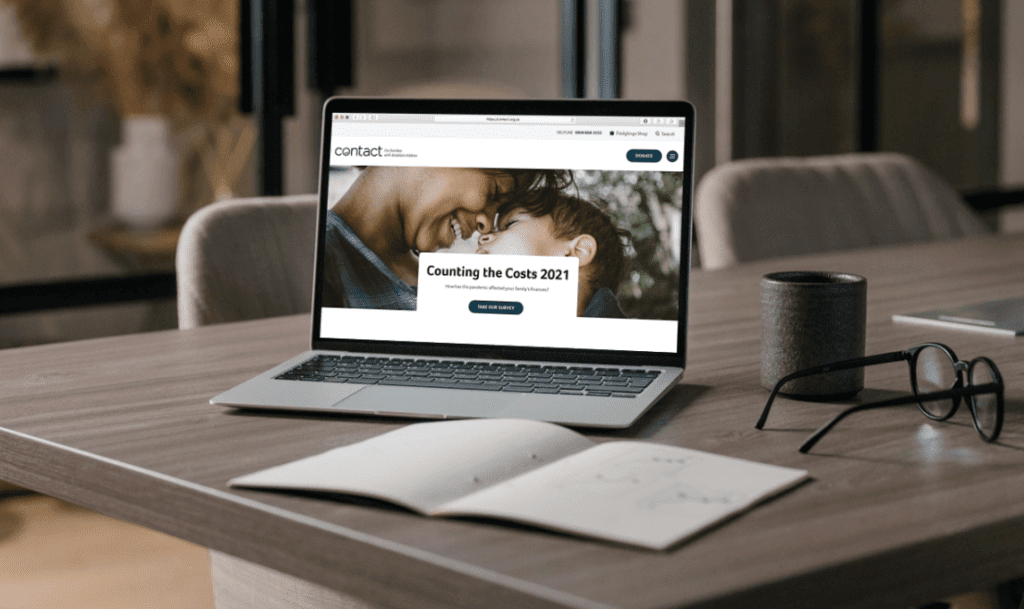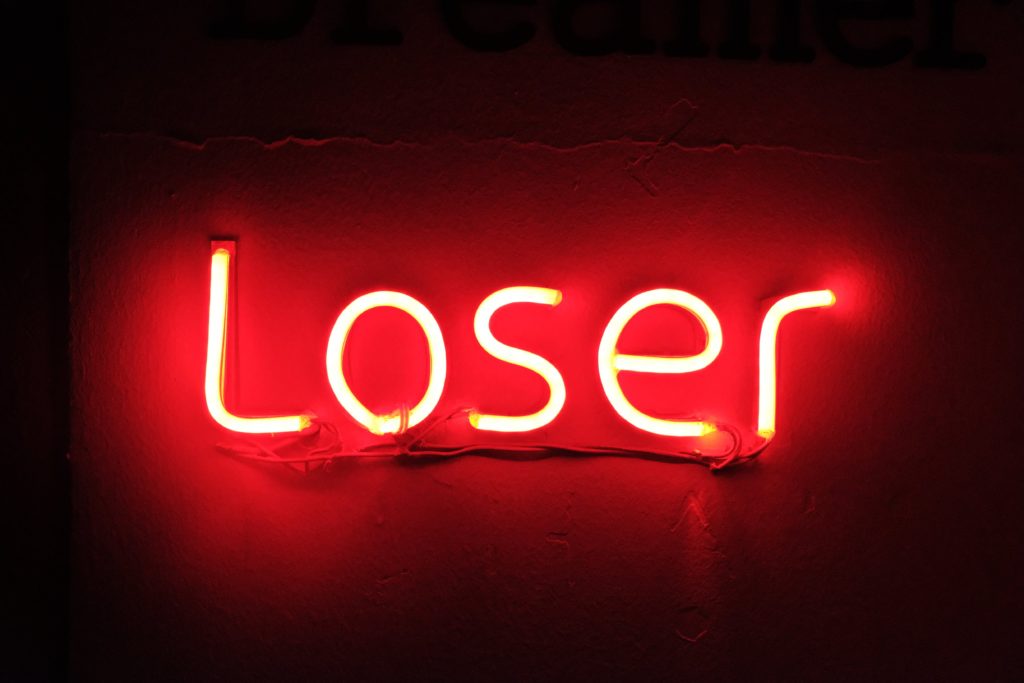The difference between B2B and B2C content marketing

Everywhere you look, people seem to be saying the same thing about B2B and B2C content marketing:
- B2B content marketing is focused on presenting cold hard facts that inform the buyer of how you can help save their business time and money.
- B2C content marketing is less rational and focuses on targeting the impulses and emotions of the consumer.
But are the differences between B2B and B2C content marketing that clear cut?
While neither of these two short definitions is technically wrong, the deeper you look, the more the lines become blurred.
To quote Vice-chairman of Ogilvy Rory Sutherland in his video for LinkedIn’s B2B institute:
“[B2B] Institutional settings create more behavioral bias than you find in individual decision makings… fear of blame is a more potent force than fear of regret”
The assumption of complete rationality is that just because someone is wearing a suit and sitting in a business meeting they act exactly like the homeoeconomicus of economic models where they are only interested in the kind of things economists and highly rational entities would consider important.”
You can also learn more about the “Objectivity Trap” in B2B through a podcast Rory has done with our partner FINITE here, or watch Rory talk about the Psychology of B2B buyers for 5 minutes here.
This blog will look at the difference between B2B vs B2C content marketing and discuss how B2B and B2C differ regarding target audience, the content creation process, and purchasing journey.
In addition to this, it’ll look at how personalised marketing psychology plays a significant role in both B2B and B2C content marketing strategies.
Difference between B2B and B2C content marketing: Target audience
The most significant difference between B2B vs B2C content marketing is the target audience.
While a B2C marketing strategy focuses on a single consumer, a B2B content marketing strategy often requires marketing to one or more people within a business before the final decision-makers are involved.
This difference significantly impacts content strategy and the types of content produced in B2B and B2C content marketing – depending on who your target audience is and what motivates them to make purchase decisions.
One of the best ways to identify your target audience is by creating marketing personas.
Target personas
Personas are fictional depictions of your target audience that allow you to get an idea of your ideal customer through analysing their online behaviour, motivations, finances, brand loyalties, pain points and dislikes.
By creating personas, you construct a virtual mock-up of what type of person would be interested in your product or service.
Regardless of the difference between B2B vs B2C content marketing, personas have proven highly valuable to both sectors.
B2B personas
Traditionally, B2B content marketing has been less concerned with creating personas and has instead focused on providing valuable information about a specific product or service.
However, studies show that B2B companies that use marketing personas have better lead generation and revenue results than those that don’t.
Why?
Despite the differences between B2B vs B2C content marketing, B2B buyers are still people who need to be warmed up and nurtured before they commit to a sale.
Although B2B buyers are looking to make rational decisions on what will benefit their business, they are still human beings that have to make serious decisions that will affect their careers. To quote Rory Sutherland again:
“if you do particularly well [B2B decision makers], you get a bonus; if you make a mistake, you lose your job… there is a huge asymmetry there in terms of the consequences.”
Therefore, it’s vital to understand that within the B2B sector, marketing personas are vitally important – the stakes can be much higher for the B2B buyer, so understanding their wants, needs, and motivations is critical if you want to gain quality leads.
While a lousy purchase might leave the B2C customer feeling frustrated, the B2B buyer has much more to weigh up. They might ask ‘how will this purchase affect…
- The future of my career
- My status within the company
- The future of the company’
B2C personas
B2C customer personas are generally much more straightforward than B2B as it doesn’t require targeting multiple decision-makers.
Typical questions for a business to consumer persona analysis might begin with:
- What do they do for a living?
- Where do they live?
- How old are they?
- What gender are they?
Once you have this information, you can start to get a bit more personal:
- Why do they need your product or service?
- How will your product or service help them?
- Are they close to the purchasing stage?
Now you know you have a clearer picture of who they are, you can start to think about how you can reach them by asking questions such as:
- What types of content do they typically engage with?
- What social media platforms do they use?
- What time of day do they use social media?
With this information, you can begin planning your next content marketing campaign and focus on prospects who match your persona description.
Difference between B2B and B2C content marketing: Content
The types of content used in B2B vs B2C content marketing differ in the channel and messaging. It’s important to establish each during the strategising stages of any content marketing campaign.
B2B content
While some social media channels such as Instagram and Facebook aren’t always ideal for B2B content marketing, social media platforms such as LinkedIn offer up some excellent opportunities for B2B marketers to locate and attract new leads.
In particular, LinkedIn’s sponsored content feature allows businesses to place their content directly onto the news feed of potential customers who have previously expressed an interest in their industry through interacting with your previous content or your competitors.
LinkedIn even offers a direct sponsored content feature where you can test ads with target audiences to see if your content has the desired effect. In addition, LinkedIn also provides a lead gen form that allows you to gain contact information from potential leads to add to your nurturing list.
One of the most vital aspects of B2B content marketing is that it should aim to show you as a thought leader.
Thought leadership plays a significant role when B2B buyers make their purchase decisions. Decision-makers need to see you as more informed and trustworthy than your competitors before committing to a sale.
One of the best ways to present yourself as a thought leader is to create content for blog posts, white papers and ebooks.
Blog posts:
While blog posts are not exclusive to B2B content marketing, they have proven to be a precious asset to many successful B2B content marketing campaigns.
Blog posts are relatively cheap to produce and can provide readers with regular updates about your business.
While blog posts don’t often lead to direct sales, they can be helpful at most stages of the purchasing journey to inform potential customers and decision-makers about anything you have planned or your take on any recent industry updates.
White papers:
Generally, a bit longer in word length than blog posts, white papers allow you to address industry problems and offer your solution, which can be a great way to position yourself as a thought leader and demonstrate your deep knowledge of your industry.
You can place white papers behind contact forms that allow you to attain the contact information of potential leads.
eBooks:
eBooks are longer than blogs and white papers and include graphic illustrations, tables, and other valuable information that provide the reader with educational insights.
eBooks are ideal if you’re looking to attract new leads who may not know too much about your product or service as they allow you to educate your readers at the top of the marketing funnel.
B2C content
In 2021, arguably the most valuable B2C marketing tool is social media.
Social media allows any B2C business to advertise their product or service, interact with their audience and find out more about their purchasing habits.
If you already know your target audience by creating personas, you will know what social media platforms they commonly use, determining your content creation strategy.
For instance, if your audience primarily uses Instagram, you can create image and video content that showcases your product or service and informs your audience about any upcoming launches or promotions that you may have planned.
Additionally, you can take advantage of tools like Instagram’s interactive services such as polls and questionnaires available on the “stories” feature, which allow you to ask questions and get feedback from your followers and gain insight into their wants, needs and motivations for making purchases.
Difference between B2B and B2C content marketing: Purchasing journey
The purchasing journey between B2B vs B2C content marketing differs significantly in length and strategy.
For a B2C business, the customer’s purchasing journey is usually relatively short when compared to B2B. B2C buyers see something they like, decide whether it fulfils their needs, and make a decision whether or not to purchase.
The B2B purchasing journey is a much longer process where buyers look at several options and evaluate the price, value, and long-term impact before deciding.
B2B purchasing journey
The purchasing journey for B2B content marketing is much longer due to several factors:
- The relationship between B2B business and B2B buyer is much more personal and requires a deep level of trust which has to be built over time through lead nurturing at every stage of the sales journey.
- B2B buyers often like to find a vendor they can trust and stick with them.
- There is usually more than one person involved in the purchase process. I.e. a CEO, CFO or production manager.
- B2B buyers will often consider multiple options before deciding who to go with.
B2C purchasing journey
The B2C customer is not always concerned with what they need as much as what they want. As a result, the B2C buyer’s purchasing journey can be instantaneous.
Consider Amazon Prime, for example, the world’s largest eCommerce B2C business, where customers can purchase almost anything they want with just a click of a button.
The product they have purchased may not necessarily benefit their lives in any way, but the process is so simple and appealing that customers often buy on a whim.
Conclusion
The difference between B2B and B2C content marketing is huge when we look at the target audience, content creation process, and purchasing journey.
However, you cannot underestimate the importance of marketing psychology and highly targeted personas for both B2B and B2C content marketing.
By focusing on personas and using them as a foundation, businesses can now hone in on decision-makers wants, needs, and motivations to create content that will lead to more conversions.
If you take anything away from this blog, it should be that the difference between B2B vs B2C content marketing might have some clear distinctions. Still, the role of marketing psychology and persona analysis is critical to any successful content marketing campaigns.

What makes a great website project? A client perspective

The beauty of losing a pitch
Let's Talk
Do you have a web design and build project coming up that you would like to talk about?